Setting up Variable Rate Seeding
Is it time to reduce seed costs by adopting variable-rate seeding? This practice has been accepted in corn, but instead of lowering the rate you push up the rate in areas with high yield potential. Well, in soybeans you do the opposite—you lower the seed rate in race horse areas and increase the seed area in marginal parts of the field or even push up the rate in marginal soil areas. The key to why this works this is understanding the soybean plant. At the end of the day yield is all about numbers of pods per acre followed [...]
Sorry Guys, There Are No Magic or Silver Bullets
It’s that time of year again, that time when all the fertilizer, chemical and seed dealers, reps and retailers have their winter meetings. It used to be that winter meetings were in February and March, but now they begin around Thanksgiving and last until field work begins. Winter meetings are great social events, as well as great places to pick up technical advice and pointers on crop inputs and to network. It is also the time when we go over test plots and side-by-side comparisons of various treatments. Again, all great learning experiences and well worth the time. It’s [...]
Maturity Group Ratings
Are the Maturity Group (MG) ratings we are accustomed to still accurate and do they reflect the maturity of the varieties we should be planting today? Shawn Conley, Soybean Extension Specialist Soybean, and colleagues from the University of Wisconsin led an effort to reevaluate how maturity group rankings relate to today’s soybean growing environments. Constantly changing weather patterns (think global warming), and changes in genetics and approaches to management have led farmers to change management practices. The adaptability of soybean varieties needs to be routinely evaluated to see if their maturity group ratings make sense. And while photoperiod is [...]
Weekly Outlook: Investigating U.S. Soybean Export Potential
On December 9, the USDA released the World Agricultural Supply and Demand Estimates report for December. Despite strong U.S. soybean export numbers in the early part of the marketing year driven by Chinese imports, the USDA maintained the forecast of 2016-17 marketing year exports of U.S. soybeans at 2.05 billion bushels. The lack of change in the soybean export forecast surprised some soybean market observers. The potential for strong South American soybean export competition in the second half of the marketing year is the limiting factor in expanded U.S. soybean exports. The USDA's Foreign Agricultural Service World Production Report [...]
Soybean Summits Bring Latest Tools and Tips to Local Farmers
The ILSoyAdvisor.com Soybean Summits will bring valuable management resources to local farmers this winter. Funded in part by the Illinois Soybean Association (ISA) checkoff program, the 2017 Soybean Summits will be held Feb. 3, 2017, in Effingham at the Thelma Keller Convention Center and Feb. 16, 2017, in Peoria at the Peoria Civic Center, from 8 a.m. to 4 p.m. These free events will update soybean farmers and other production industry participants about the latest management techniques that can lead to higher soybean yields and greater profitability, while also protecting the environment through sustainable practices. Topics include: Developing habits [...]
Trapping Phosphate with Gypsum
It’s time to think about applying gypsum in the fall to build soil structure while trapping phosphate on the landscape so it doesn’t end up moving off the field into surface waters. Gypsum, or calcium sulfate, is best described as a soil ammendment. It contains 20 to 24 percent calcium and 18 to 20 percent sulfate. It has been used in California for decades to remediate sodium and salinity. It is also a source of soluble calcium that can improve soil structure by flocculating soil particles together, helping to form peds and improve soil structure. Lastly, it is a [...]
Got a Hanker to Learn about Soybean Stem Canker?
Symptoms of charcoal rot can be mistaken for symptoms of Diaporthe fungi which cause stem canker and pod and stem blight. The Crop Protection Network has new information on the diagnosis on the soybean stem canker. To start, the Diaporthe-Phomopsis disease complex includes Phomosis seed decay caused by D. longicolla, pod and stem blight caused by D. sojae, and stem canker caused by D. caulvora and D. aspalathi. As a diagnostician, I was taught that if you cut open a soybean stem—usually later in the season—and you saw “zone lines,” this was thought to be associated with charcoal rot but this [...]
Optimizing Plant Establishment
A smile at harvest starts with the good decisions you made before and at planting. Like many row crops, soybeans yields will start to diminish once the bag is opened and seed is placed in the ground. Almost all management practices are implemented to preserve soybean top end yield, not necessarily to increase yield. When implementing a soybean game plan there are several areas to consider during planting; at the end of the day producers must ask these two important questions: 1. How will this decision impact soybean Stand Establishment? 2. How will this decision impact the soybeans ability [...]
Incorporating Soil Health into your Farming Mantra
It is time for farmers to begin thinking as much about soil health and farming their soil as farming their crop. Doing so will produce short- and long-term benefits to the soil that are huge. And more importantly, yields will begin to increase, crops will be more resilient during stress years and in-field variability will decline at the same time time. And along the way you will probably save money on your fertility program. Improving soil health begins by determining the health of your soil, reducing ‘destructive’ tillage, adopting no-till and planting a cover crop. While those are important [...]
Webinar: Linking BMP and Water Quality Success in Indian Creek Watershed
The Indian Creek Watershed Project is an innovative approach to voluntary adoption of on-farm conservation systems. Chad Watts, executive director with the Conservation Technology Information Center; Sarah Church, Ph.D., postdoctoral research associate at Purdue University; and Ursula Mahl, senior research technician with the University of Notre Dame, provided an overview of the project, what made the project a success and water-quality results. Key Takeaways: Success takes teamwork Identify a passionate, committed local champion Capitalize on partnerships Engage agricultural retailers Establish common goals and a community approach Ensure sufficient funding for outreach and cost-sharing Network with community members Education and [...]

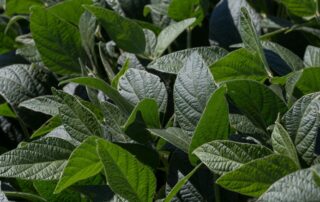
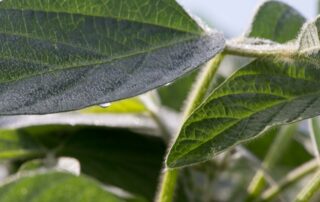
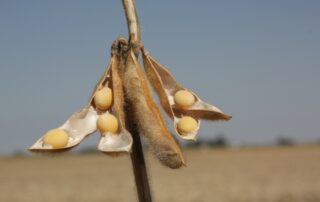
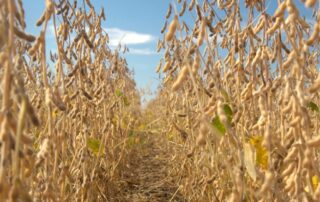
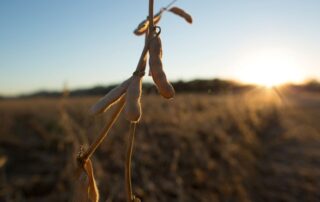
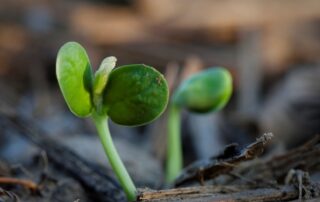
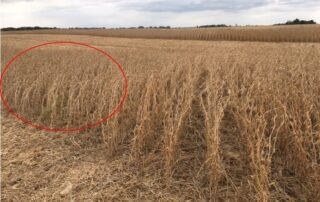
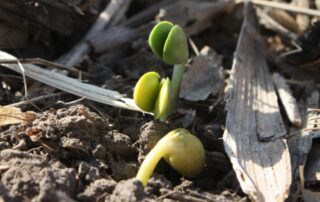
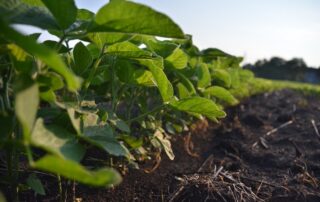
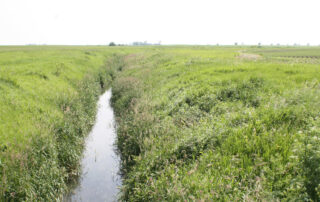



 and then
and then